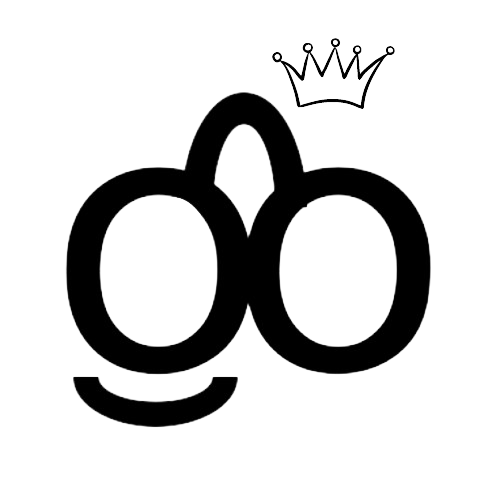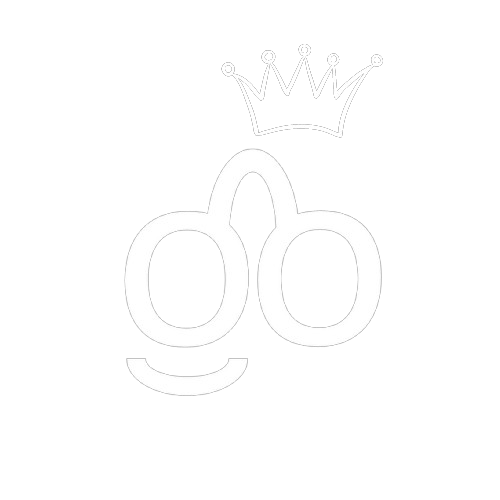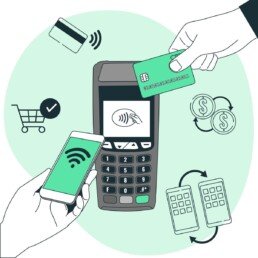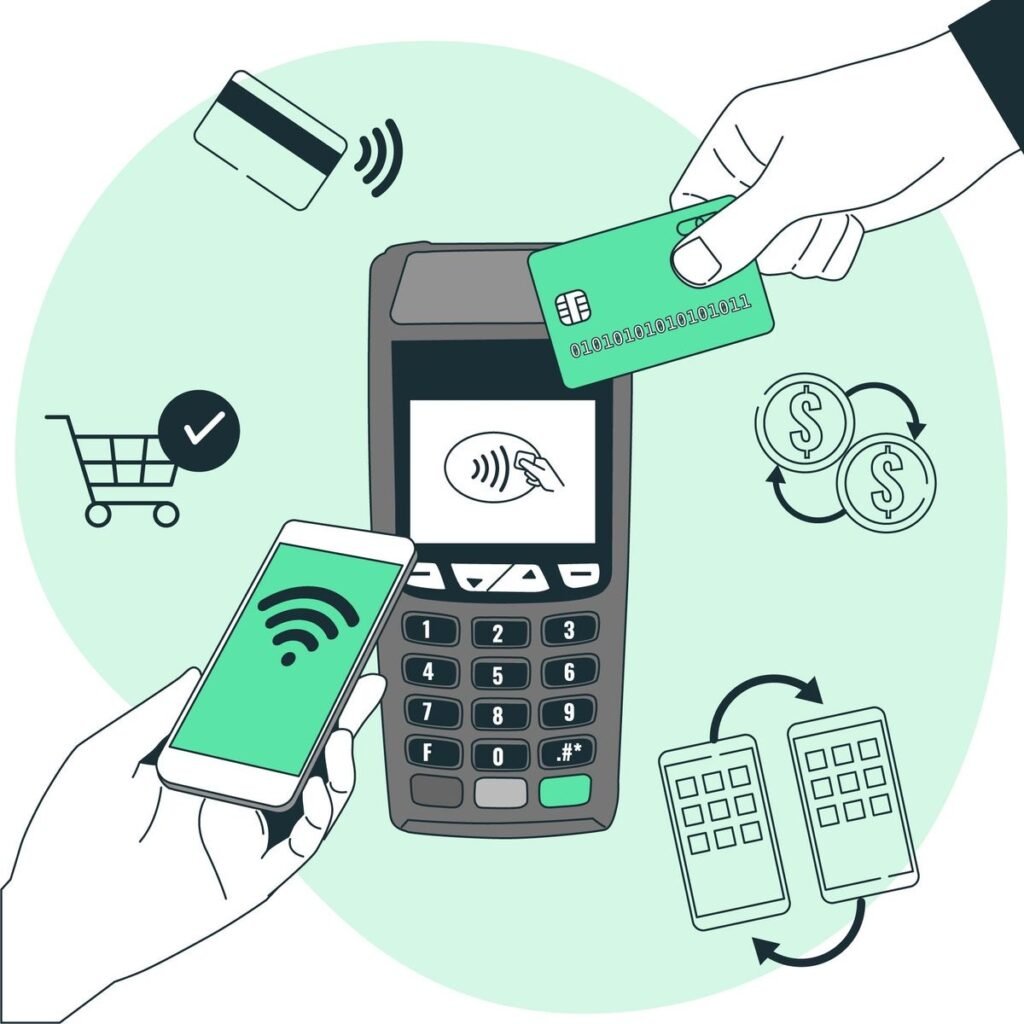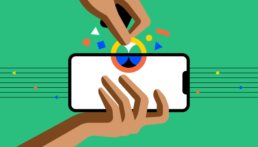NFC: The secret weapon of contactless payments
Contactless payments are the next logical phase of payments acquisition/acquiring.
Let's face it: Most of us are more introverted than we think. We push against it, deny it, and rap about being party rockers, but deep within, we would prefer if people kept their hands to themselves or their cards. We immediately imagine: I don't know where that's been.
At the height of 2020's COVID-19, Anthony Fauci surmised: I don't think we should ever shake hands again. And the reason goes beyond the easy transference/transmission of germs. It goes to the root of convenience, ease and purpose. When you think about it, today's digital payment sub-sector is so successful because of how much technology bridges the gap between a seller who's got the latest Nike sneakers to sell and a buyer who desires to rock them to a party this Friday.
Go online, find the vendor, punch in a few numbers, and the payment is done. Easy peasy. Who wants to spend 3 hours travelling from Badagry to Idumota to complete this transaction that took less than a minute on your Google Chrome?
But if the need for speed and the desire for convenience is true for online payments, why do cards need to be manually inserted into POS terminals or ATMs while you pray that digital village people do not disrupt the flow of your transaction or one of the background players does not have a downtime? The concern is also true for online payments, although without needing contact - which is the crux of my post. Contactless payments (or most things) are the future of payments everywhere. Adoption may take a while and require massive sensitization to build trust and regulatory fine-tuning, but it can (and should) be done.
On June 27, 2023, the CBN released Guidelines for Contactless Payments in Nigeria, a protocol which deepens the regulator's desire that operations in the payment system are standardized and also represents a laudable attempt to encourage innovative products. But not enough attention is paid to this niche area. Today, while most FinTech players operate in an elbow room saturated with similar products, I submit that more attention needs to be paid to contactless pay. While the same players will probably build the architecture to ensure that the payment goes through, anything can take payments. And the oil which makes this machinery work is called NFC.
NFC [Near-Field Communication] technology is a wireless technology that enhances the exchange of data and information between devices. It is short-range and uses radio waves, although unlike Bluetooth or WiFi. It is a darling for payments because only small amounts of data need be exchanged. In simple terms, if you have complied with regulatory conditions such as payment limits, KYC (Know Your Customer) and KYB (Know your Business), the payment protocol only needs to verify this data, cross-check with balance, switch and complete the process - all within the same miliseconds it would have taken you to insert your card or entered the details on a website. Only, this time, it is faster: you need not insert the card, punch in your pin, navigate to a browser, or [if you are germophobic] worry what germs you are currently attracting to your hand.
So, how does it really work?
Virtually all smartphones, wearable devices, and debit cards are NFC-enabled today. Your phone has an NFC chip that is idle, wondering what motivation you need to put it to work. Pioneered by Thomas Edison way back in the 1800s, nobody really explored the extent of it until the early 2000s. Nokia led the charge with the release of its Nokia 6131 Model in 2007. You know how you can use a security card to access hotel rooms, your office, etc.? The science is called radio-frequency identification (RFID). NFC is based on the RFID technology, but on a more superior, secure level because of the payment aspect to it. Naturally. The RFID frequency is unique and specific so that it avoids interference from other wireless devices. That's why you need two NFC devices close to each other to exchange information. This means that you can easily tap your device (card, phone, wristwatch) within inches of a payment terminal to make payments. "Payment terminal" is another broad, interchangeable term that we will explore at another time because this goes beyond POS; it can be a virtual terminal, a mobile phone, a tablet, etc.
Are there limitations to NFC payments or risks involved with this protocol? Of course there are. But they are no more than impediments which a dogged model cannot address. The risks are no more apparent or significant than what applies today should somebody get hold of your card's sensitive details or for an extreme case of shoulder snooping. Trust me, one of the big players just needs to push this heavily and implement strict risk detection/aversion protocols, and the market will rally.
Why you should pay attention:
According to Market Research Future, the global NFC market was valued at USD 26.3 billion in 2024 and is expected to grow to USD 60.2 billion by 2032.
You're welcome.
Bitcoin, FOMO, ETH and all the other 2021 slangs.
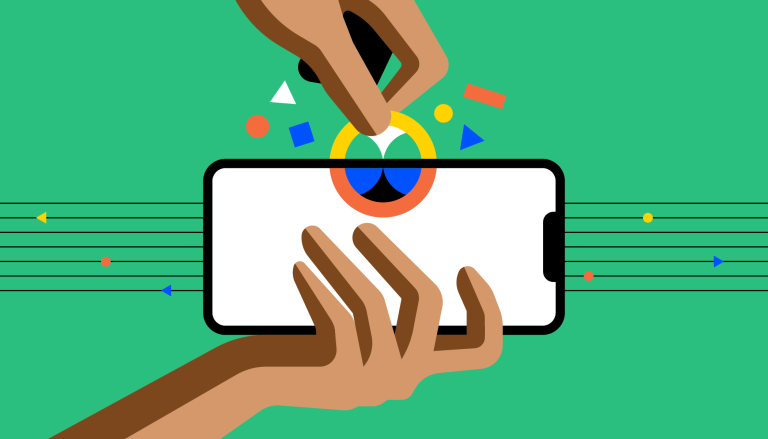
What do these strange letters, symbols, words mean? What is cryptocurrency?
Move over AI, you’re old news.
There’s a new kid on the block. Like a secondary school nickname for that one guy who’s always coming late, or always getting in trouble. Crypto.
But unlike that dude nobody wants to invite home during the holidays, everybody wants to associate with Crypto.
The crypto craze is so real that it’s turned virtually all of us into side-hustlers. Giant organisations who wanted nothing to do with it are now tripping over themselves in excitement, some concern and major trepidation. FOMO – the Fear Of Missing Out.
FOMO is a present concern in practically every aspect of life – tapping you and pointing in the direction of a blossoming venture; waking you up in the middle of the night, reminding you just how much time you are wasting and how you just might never catch up. When the excitement for cryptocurrencies began, most of us ignored it like it was just another hype that needed a firm hand, hammer or event to “calm down.” But if you are an attentive person, or spend any amount of time at all on social media, then at some point, lately, you might think: but this thing really isn’t slowing down – and what if I’m missing out on what could potentially change my life forever?
To put this in context, at one point in 2018, Bitcoin traded at $3,000. At its highest points so far this year, it’s topped over $60,000. Forget the current dip, it is projected to hit $100,000 before the year runs out. Some Bitcoin enthusiasts estimate it might hit a million dollars at some point in the future. That’s $1,000,000!
Are you starting to pay attention?
Do you understand the language FOMO speaks now? No? Yes?
We must admit it’s got us all right where it wants us. You could be in the middle of Lagos traffic, displaying periodic Nigeria-type driver drama and plotting graphs on your windscreen. A thought could hit you right in the midst of reviewing a critical contract, leaving you to wonder “so what exactly does p2p mean, and how can I double my investment by August?”
ETH is a short form for Ethereum, an alternative to Bitcoin the Adam and King of Cryptos.
So why exactly is everyone getting on the cryptocurrency train? And should you? Is the momentum sustainable? What do these all even mean?
I explore in another post.
Read some more of my writing here.
